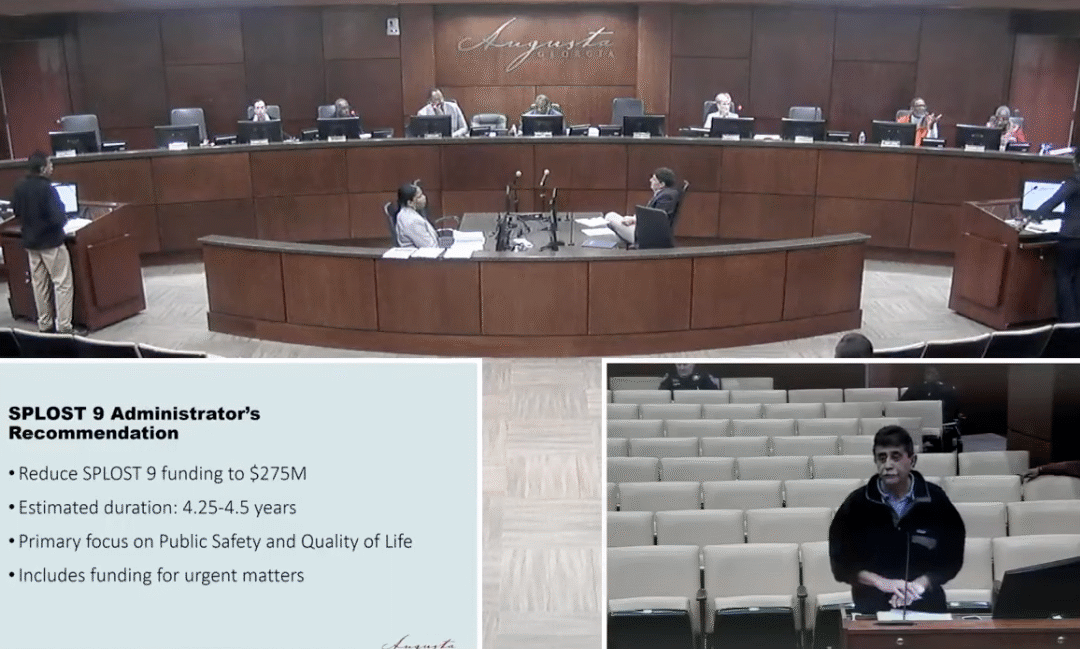A traveling exhibition developed by the Smithsonian Institution is arriving in Aiken this month, and aims to ignite further interest in the city’s rich railroad history.
“Spark! Places of Innovation” is part of the Smithsonian’s Museum on Main Street program, which brings quality exhibits to small towns and rural community centers throughout the country.
“It intends to bring Smithsonian-grade content the people who might not have the opportunity to visit D.C. [where the Smithsonian is headquartered],” explained Samuel Ellis, museum coordinator at the Aiken Visitors Center and Train Museum, the next stop for the program’s current trek through South Carolina. “It also gives the community a chance to tell its own story through the lens provided by the Smithsonian.”
The “Spark!” exhibition, particularly, focuses on innovation, using photographs, videos, objects and other interactive materials to highlight how innovation has impacted communities throughout their histories.
Befitting the location, this iteration coming to the Aiken Train Museum will explore how railroads affected the development of the city, originally built around the terminus of the South Carolina Canal and Railroad (SCC&RR) Company line.
The process to draw the program to one’s town is competitive, entailing a proposal that explicates how a community’s history relates thematically to the theme of innovation. The exhibit includes the traveling component, provided by the Smithsonian, which discusses other small towns in the U.S. that have leveraged technology, art, heritage or culture to galvanize their development.
The Smithsonian also provides the host community with resources to curate their own exhibits as a second component, reviewing the same topic as relevant to that community’s legacy.
“In our case, it’s heritage with regards to our railroad history,” said Ellis. “I think ‘Spark!’ is important for Aiken, because it was really on the vanguard of the railroad revolution that made the expansion of America possible, that made America’s economy possible.”
The SCC&RR was charted in Charleston, S.C. in 1827, beginning a railroad legacy of nearly 200 years in the state. Aiken was founded in 1835.
“Had the railroad not come through here, Aiken basically wouldn’t exist,” said Ellis, noting the new mode of transportation would eventually draw the Winter Colonists—wealthy northerners who would vacation to Aiken for its warmer climate during the winter months. “The railroad not only predates the equine culture, it made the equine culture possible because you could ship your horses down. The Winter Colonists could find easy passage to enjoy the mild weather. Then it turns out that the soil here is perfect for training and racing horses.”
The Aiken exhibit, funded by South Carolina Humanities, the state’s program of the National Endowment for the Humanities, will be comprised of two displays as well: the traveling display from the Smithsonian, and the community exhibit, designed by Ellis, called “A Tale of Two Horses: Innovation, Aiken and Southern Railway.”
The exhibition will also feature two supplemental programs. On Sunday, Nov. 17, at 2 p.m., the Train Museum will host a presentation by Carl Ardrey, president of the Southern Railway Historical Association.
On Monday, Dec. 2, also at 2 p.m. there will be a lecture by local historian Bill Shelburn.
The “Spark! Places of Innovation” Exhibition will be on display at the Aiken Visitors Center and Train Museum, 406 Park Ave. SE in Aiken, from Nov. 9 through Jan. 4.
For more information visit the Visit Aiken website at https://coa.page/jllh.
Skyler Q. Andrews is a staff reporter covering business for The Augusta Press. Reach him at skyler@theaugustapress.com.










